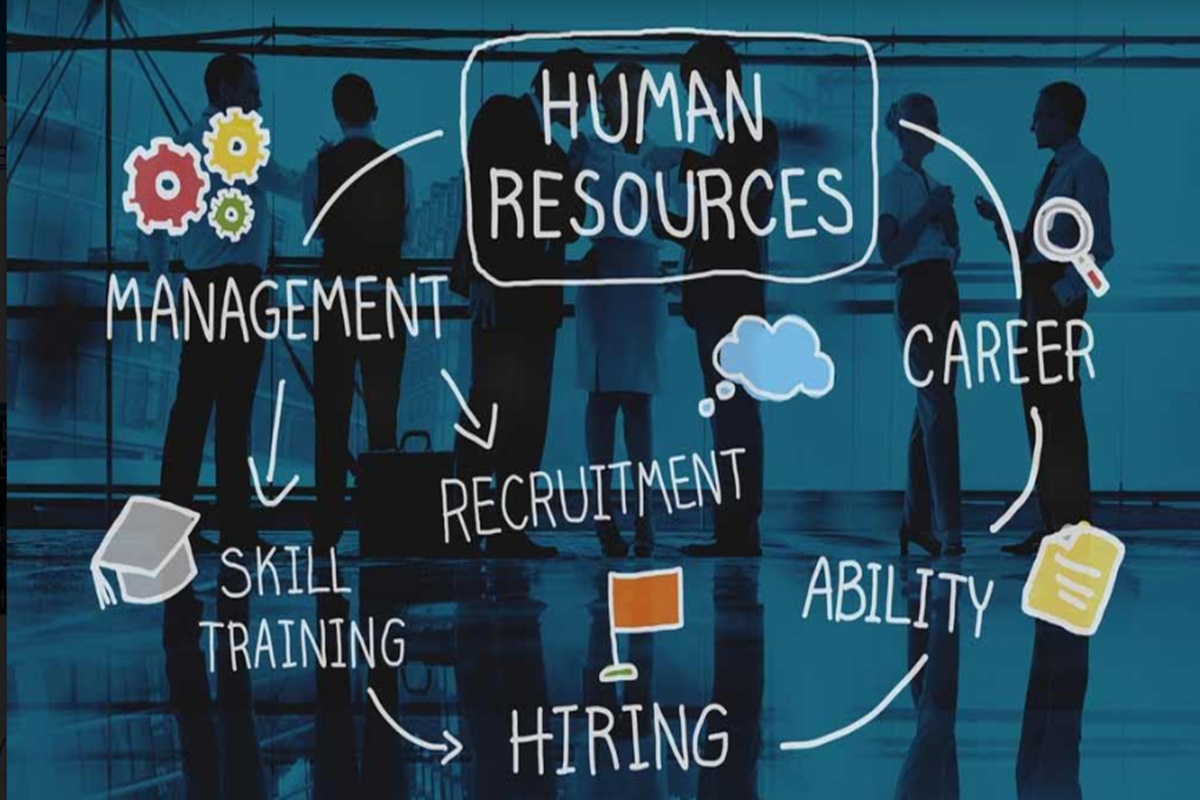What is an HRMS?
An HRMS (Human Resource Management System) is a software application that enables organizations to manage and automate employee data, including payroll, time and attendance, benefits, and more.
How can an HRMS help my organization?
An HRMS can help your organization by automating many tasks associated with managing employee data. This can free up time for HR staff to focus on other duties, such as recruiting and training. Additionally, an HRMS can help improve the accuracy of employee data by providing a
central repository for all information.
What features should I look for in an HRMS?
When considering a human resource management system for your organization, there are a few key features:
- The system should be easy to use and navigate.
- It should have robust security features to protect your employee data.
- The HRMS should be scalable to grow with your organization.
How much does an HRMS cost?
The cost of an HRMS can vary depending on the features and functionality you require. However, many systems are available for a monthly subscription fee.
Are there any free HRMS solutions?
Some free HRMS solutions are available; however, they typically have limited functionality. If you require a more robust system, you will likely need to pay a subscription fee.
What are some standard features of an HRMS?
Some standard features of an HRMS include payroll, time and attendance, benefits, and employee data management. These features can help organizations automate many tasks associated with managing employee data.
Can an HRMS help with compliance?
Yes, an HRMS can help with compliance by providing a central repository for all employee data. This can help ensure that information is accurate and up-to-date. Furthermore, many HRMS systems include security features to safeguard sensitive data.
How do I choose the right HRMS for my organization?
When choosing an HRMS for your organization, it is essential to consider your specific needs. Additionally, it would help if you looked for a system that is easy to use and navigate, has robust security features, and is scalable to grow with your organization.
What are some common mistakes organizations make when implementing an
HRMS?
Some common mistakes organizations make when implementing an HRMS include not thoroughly evaluating their needs, not testing the system before going live, and not training employees on how to use it.
What are some benefits of an HRMS?
Many time-consuming employee data management activities may be automated by an HRMS, allowing HR employees to devote their attention to more important things. Additionally, an HRMS can improve the accuracy of employee data by providing a central repository for all information. Additionally, many HRMS systems offer security features to protect sensitive data.
By taking the time to evaluate your needs and choose the right system for your organization, you can avoid these pitfalls and set yourself up for success.
An HRMS can automate many time-consuming employee data management tasks, freeing HR staff to focus on other priorities. When choosing an HRMS for your organization, it is essential to consider your specific needs and look for a system that is easy to use, has robust security features, and is scalable to grow with your organization. By taking these steps, you can set yourself up for success.


